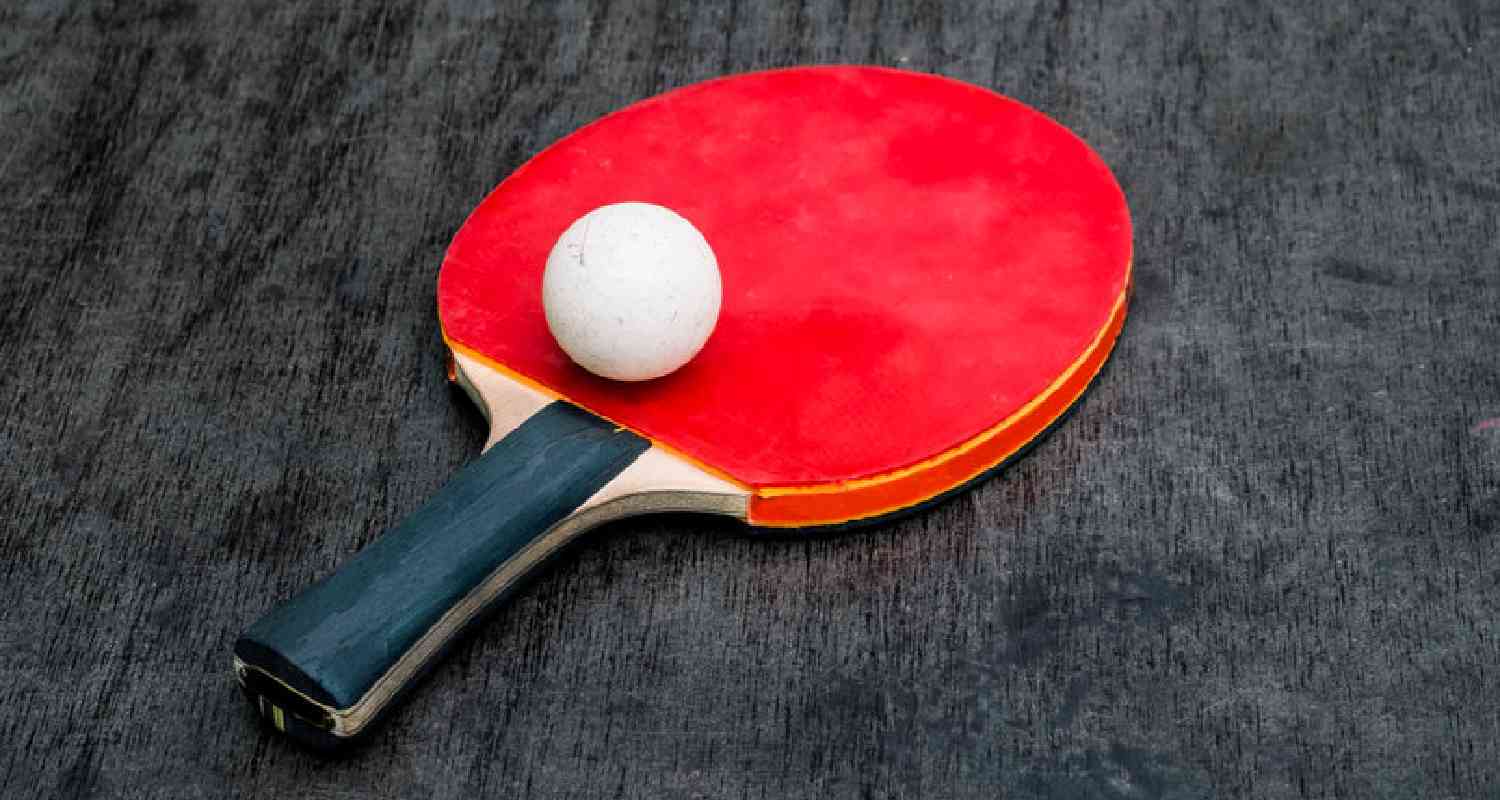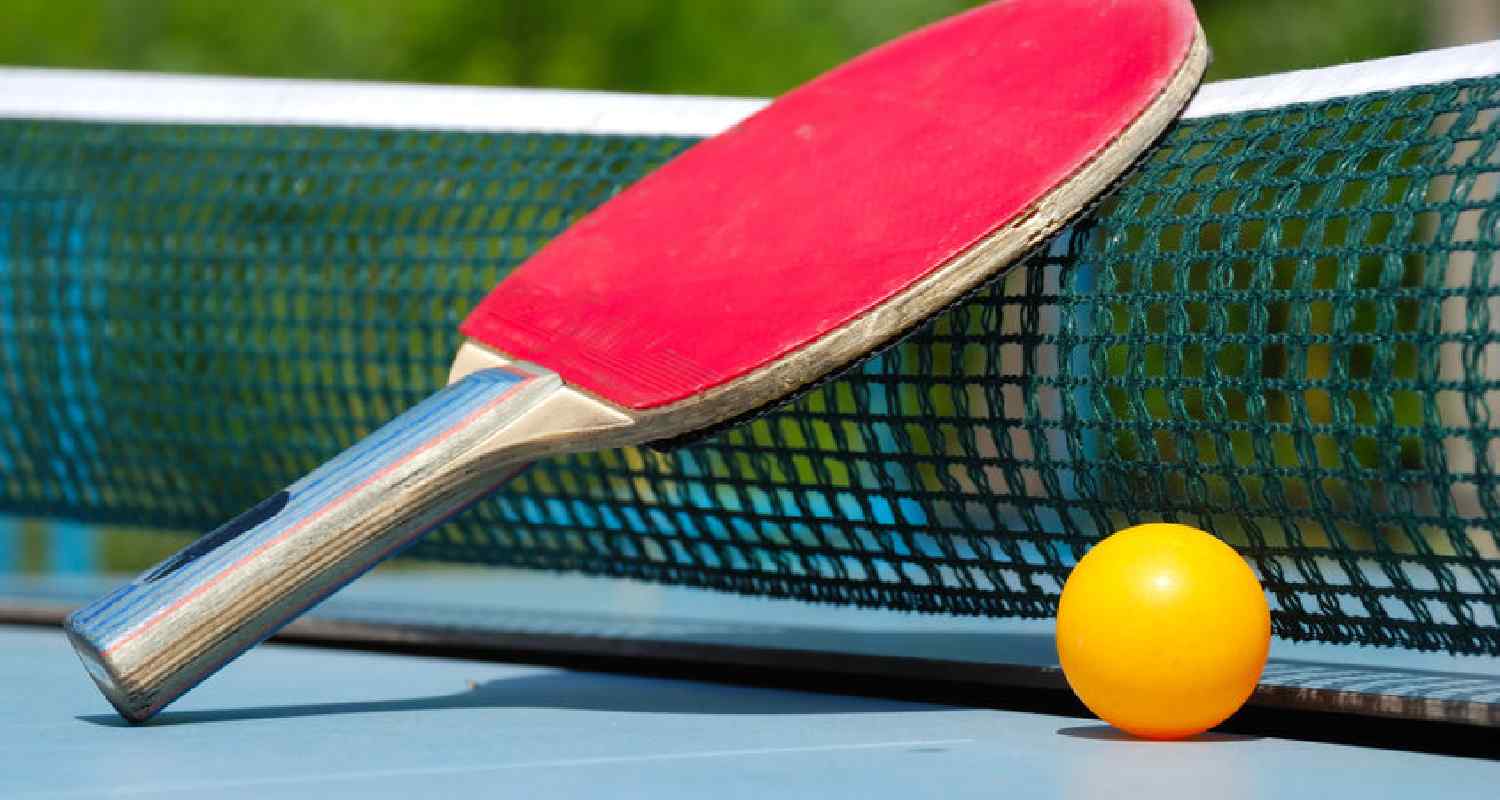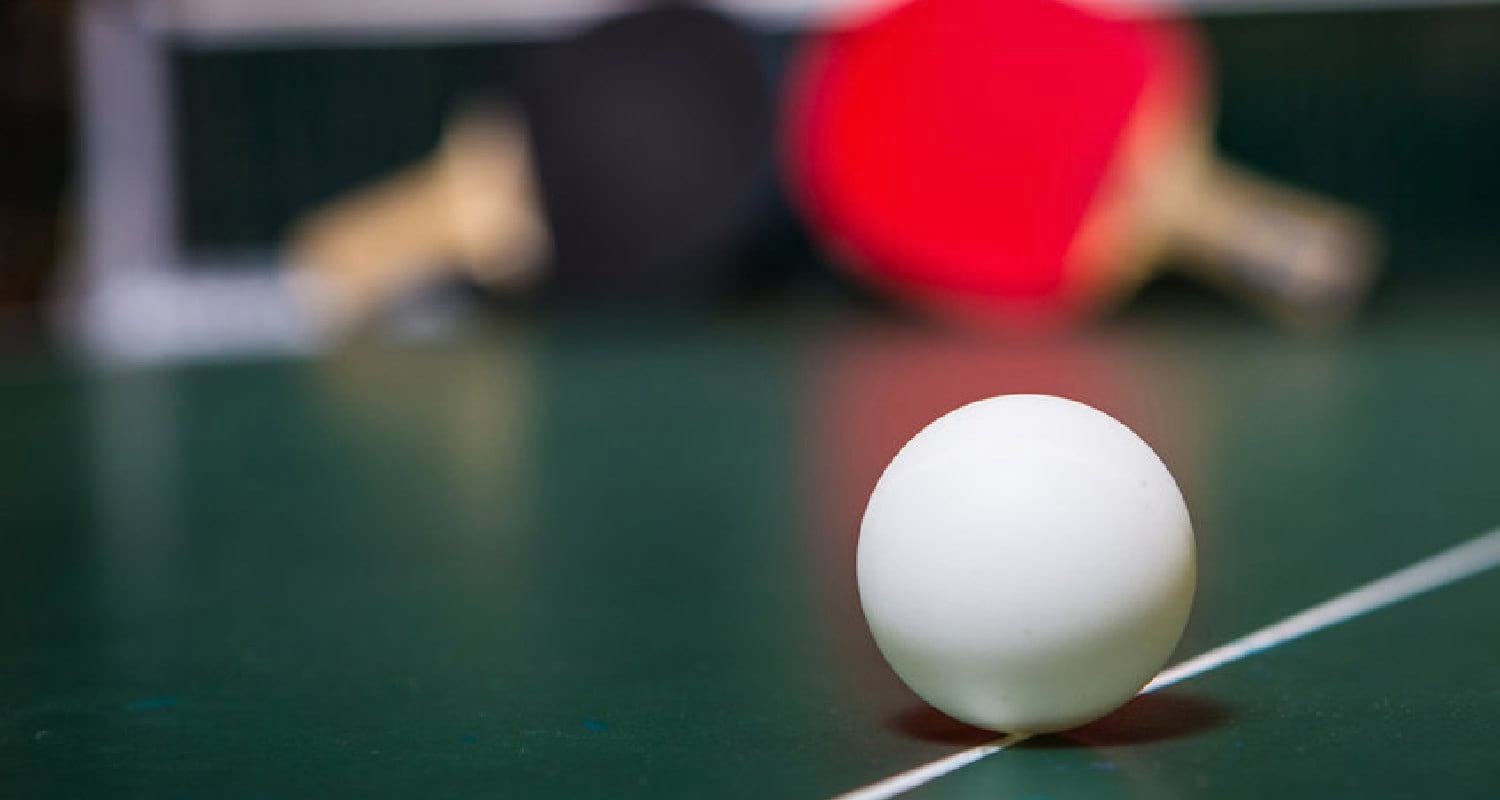

Table tennis (also known by its trade name ping-pong and formerly known as whiff-whaff) is a game played among two or four players on a flat table.
Introduced to the upper-class Englishmen as a recreational activity to kill time, the sport has had a long and arduous journey. Today, it’s an internationally recognizable sport where players play for big money with advanced equipment.
There are an estimated 40 million people associated with the sport, either as professional athletes or recreational players.
It is a fairly popular game and is also played as a competitive sport in several countries. It has also been an Olympic sport since 1988. Table tennis as a competitive sport is popular in East Asia and Europe.
This article briefly touches upon the history of table tennis and discusses the incidents which altered the course of this support and influenced its reception.
It highlights some of the most significant moments in the history of table tennis, which increased its popularity among athletes and audiences alike

Table of Contents
Evolved from French paille-maille (“pall-mall”), table tennis was played in France as early as the thirteenth century. Inspired by lawn tennis, it was introduced to the Victorian era English upper-class in the sixteenth century.
Earliest version of tennis on a table was patented by David Forster in 1890’s as Parlour Table Games, which included table versions of cricket and football as well.
Formerly, the game was called ping-pong before British manufacturer J. Jaques & Son Ltd trademarked it in 1901.
The name ping-pong came to be associated with specialized Jaques equipment. Later on, the name Table tennis was adopted when Jaques sold the rights to Parker Brothers who enforced the usage of this term.
In the same year, the game’s popularity increased and several unofficial tournaments were organized around the globe. Several books were also published the same year and the game was introduced to China via Western settlers.
The decades between 1900 and 1930 were significant in the growth and success of table tennis. The first official world championship took place in 1902 and the British Table Tennis Federation was created.
The first European championships were also organized in 1907. The establishment of The International Table Tennis Federation (ITTF) in 1926 made the game go from popular to official and paved way for its recognition as organized competitive sport.
London hosted the first official World Championships in 1926. US followed suit In 1933, and the United States Table Tennis Association, now called USA Table Tennis, was formed.
Apart from Olympics, the World Table Tennis Championships, the Table Tennis World Cup, and the ITTF World Tour are the most important international competitions.

Table Tennis History by Country
The game seems to be most popular and highly organized competitive sport in China, as Chinese players have won 60% of the men’s World Championship since 1959.
China bagged total victory in the 1981, 1995 and 2005 World Championships. China also won all gold at the 2008 Beijing Olympic Games.
However, China’s dominance was brought to a temporary halt in 1989 with Swedish players winning the 1989, 1991 and 1993 team events plus two Men’s World Championship titles in 1989 and 1991.
Still, China is the most active nation in Table tennis and wins the most gold in Olympics.
Regulated by the USA Table Tennis, table tennis in the United States is as old as its introduction to the English elite of Victorian era England.
The governing body of the United States Table Tennis Association was officiated in 1933, who later altered their name to “USA Table Tennis”.
The U.S. Open is the most significant table tennis tournament in the US and attracts over 600 athletes annually.
Since it’s an international tournament, most events are played under the ITTF ( International Table Tennis Federation). The first USA Table Tennis (USTTA) tournament was held in 1934.
The annual U.S. National Table Tennis Championships (often referred to as the U.S. Closed) are held under the authority of USA Table Tennis, held since 1976.
It is a closed tournament that only U.S. citizens may enter. This is one of the most important championship for US citizens, traditionally held in Las Vegas, NV.
Japan made its mark at the World Team Championships that took place between 1954 and 1959.
This domination was in part due to such world Champions as Hiroji Sato, who revolutionized the sport by introducing better, handy and more effective rackets. Japan is ranked second after China by the ITTF.
Its most important tournaments include the Japan Open under ITTF (held since 1989) and the T. League or Nojima T. League. Started in 2018, it is the first professional table tennis league in Japan.
Egypt also has a long and extensive history of table-tennis. The 1939 World Table Tennis Championships were help in Cairo, which culminated into its popularity in the country, that has grown considerably overtime.
The 2006 World Junior Table Tennis Championships were also held in Cairo, in 2006. It was organized by the Egyptian Table Tennis Federation under the ITTF.
A significant professional league for Egyptian table tennis is The Egyptian Table tennis League started in 1979. The winter represents Egypt in the African Table Tennis championships.
It is said that table tennis was introduced to Nigeria in the early 1900’s by British seamen. Today, the game is widely popular and is also played as a competitive sport in Nigeria.
The most important championship is the Nigeria Open, also called ITTF Challenge Nigeria Series or ITTF Challenge Seamester Nigeria Open. This is an annual table tennis tournament held in Lagos, Nigeria and run by the International Table Tennis Federation.
Although Germany is ranked top 5 in table tennis—according to the 2021 ITTF Table Tennis World Ranking—the popularity of Table Tennis in Germany has waned through the years.
However, it has been able to gain visibility due to some significant tournaments. The 4th World Table Tennis Championships were held in Berlin in 1930.
The German Open—now run by the ITTF—is the most important table tennis tournament in Germany held since 1925.

Evolution in Table Tennis Equipment
The equipment which is used to play table tennis has evolved a lot over the years. The advancements in technology and equipment have revolutionized the sport and added to its popularity.
In its earliest version, the table was divided by books (as net) and a golf ball was hit by players with books as rackets. Use of suitable rackets came in the form of wooden bats covered with vellum canvas, thus the onomatopoeic form “ping-pong”.
In 1891, John Jacques, who later trademarked the game as Ping-pong, introduced their “Gossima” equipment. This consisted of drum-type paddles, a 50mm web wrapped cork ball, and a 30cm high net.
Parker Brothers’ invention of an indoor tennis kit in 1890’s has also added to the success of table tennis. This kit included a portable net, a small ball covered in netting, and paddles.
Closest to the modern version of racket was first invented in the 1900’s by E. C Goode (which is still used today). He introduced the use of sheet on rubber on a wooden blade, which allowed more spin.
However, the use of sponge on the handle came a lot later. It was not until the Japanese player Hiroji Satoh used a racket which had a layer of foam sponge rubber that the modern version of racket was introduced, which is still in use today.
Satoh’s invention resulted in him being able to develop a lot more speed and spin and also resulted in him being the winner of the 1952 World Championships.
The invention of celluloid balls as best suited to the sport by James W. Gibb in 1901 revolutionized the game.
Earlier, cork balls were used as rubber ones were unpredictable; their path and bounce difficult to follow. Celluloid balls became the standard however there have been variation in sizes over the years.
A 38mm ball was used till the year 2000, and since then the ball size has increased to 40mm. Since 2014 celluloid balls have been replaced by plastic table tennis balls.
Introduced at the 1988 summer Olympics in Seoul, South Korea, the Olympics have had considerable impact on the game’s reception.
Men’s and women’s Single and double events were played till 2008 summer Olympics program. Today, men’s and women’s single and team events are played. Each event operates on a knockout format.
China dominates the Olympics every year, with 28 of the 32 available gold, 17 silver and 8 bronze medals. The most notable Olympic medal leader is Wang Nan from China, who has won four gold and one silver medal. South Korea is second to China with 18 medals.
The sport is growing internationally every year. Chinese players enjoy pop-star celebrity status.
The International Table Tennis Federation (ITTF) is a worldwide organization that governs table tennis. ITTF currently consists of 226 member associations.
The game’s introduction to Olympics and Paralympics has added to its popularity worldwide.
There are no sure records that would tell how and when exactly was table tennis invented. Unofficial records suggest that it was started in France as early as the thirteenth century and later take up by the British Elite.
In 1988, Seoul South Korea.